As we all know, the term ‘hybrid working’ has gained a lot of traction since the start of the pandemic. After being forced to work from home during lockdowns, most office-based workers have discovered they value the flexibility – and potential cost savings – of less commuting, more time with the family and often, greater flexibility.
This may originally have been a ‘tactic’ to manage enforced working practices, but hybrid working is fast becoming the norm, and it’s here to stay.
The working world is simply not going to go back to the way things were before the pandemic began. People are used to the benefits of working remotely, and there’s been significant resistance to companies who have compelled their people to go back to the office. And, of course, there are many people who want to work in the office – because they don’t have suitable workspace at home or because they prefer the social and collaborative aspects of being with others.
It’s not something you can do without any thought. In order to make your business strong and competitive, hybrid working needs planning and preparation.
Making a positive change
What does this mean for employers? It means they need to recognise this is a permanent change and proactively look at what it means for their business and how they can plan for their workforce now and in the future.
Managing your workforce is a critical part of your organisation design process. That means it’s different for every business, depending on its market, its purpose and its culture. So the first thing business owners need to do is understand their individual organisation’s needs and whether their current organisation design allows for the workplace changes they want to make.
You need to think about:
- The overall purpose of your business
- Your current working environment
- Individual needs and wants
- How your teams can function best to meet your purpose
- Space availability in your office
- How to line-manage in the office and remotely
Going back to basic organisation design principles will help you put together a plan for a hybrid working offer that works for your business, and also keeps your people engaged and productive.
Here are our top tips for putting hybrid working at the heart of your organisation design:
Consider the context of your business – don’t just do what your competition is doing, or your next-door neighbour is doing. Think about what is best for your business.
Revisiting your organisation design – is your current design still fit for purpose? Organisations have had significant challenges over the past few years, and if you haven’t looked at, or updated your organisation design, it may not be right for your business any more.
Not just words, but action – employees are voting with their feet, and actively moving to businesses that offer the flexible working environment they are looking for. If you’re going to offer hybrid working, you need to do it properly, and with engagement and buy-in from the top.
Managing your people strategy and your accommodation strategy – know who you need in your team in order to be most effective, and look at your current accommodation. Is it configured in the best way for hybrid working? Do you have more space than you need? Is it better to change some space from desks to meeting areas to encourage people into the office for key collaboration?
For your business to succeed, and to retain and attract the best people, you need to approach this change at a fundamental level for your business needs. The best way to do this is through systematic organisation design that is specific to your needs and your growth strategy. Contact us to discover more.
(Image by Freepik)

